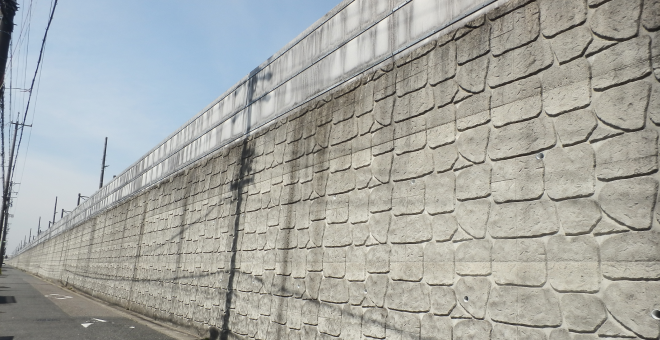Retaining walls are an essential element in landscaping, providing stability and support to uneven terrains. Among the various types of retaining walls available, concrete sleeper retaining walls have gained popularity in Melbourne due to their durability and aesthetic appeal. However, like any construction project, building concrete sleeper retaining walls requires careful planning and execution to avoid costly mistakes. In this blog, we will discuss the common mistakes to avoid when constructing concrete sleeper retaining walls in Melbourne, ensuring that your project is a success.
Insufficient Site Preparation
One of the most crucial steps in building a concrete sleeper retaining wall is proper site preparation. Neglecting this step can lead to a multitude of problems in the future. Before commencing construction, ensure that the site is properly excavated, removing any debris, rocks, or vegetation that may hinder the stability of the wall. Additionally, it is important to assess the soil conditions and make any necessary amendments to ensure proper drainage and stability.
Inadequate Drainage System
Proper drainage is vital to the longevity of any retaining wall, and concrete sleeper walls are no exception. Failing to incorporate an effective drainage system can result in hydrostatic pressure build-up behind the wall, leading to soil erosion, wall instability, and potential damage. It is crucial to install appropriate drainage provisions such as weep holes or French drains to allow water to escape and prevent excessive pressure against the wall.
Poor Concrete Sleeper Placement
The placement of concrete sleepers is a critical aspect of constructing a robust retaining wall. Unfortunately, it is a common mistake to overlook proper alignment and levelling. Inadequate alignment can result in weak joints, compromising the structural integrity of the wall. It is essential to carefully position each sleeper, ensuring they are level and snugly fit together. Using a spirit level during installation can help achieve the desired alignment and prevent future issues.
Inadequate Reinforcement
Concrete sleeper retaining walls require appropriate reinforcement to withstand the pressure exerted by the soil. Neglecting to incorporate reinforcement, such as steel bars or mesh, can lead to wall failure and costly repairs down the line. It is crucial to follow engineering specifications and local building codes when determining the required reinforcement for your specific wall height and soil conditions. By reinforcing the concrete sleepers, you can enhance the wall’s strength and longevity.
Improper Backfilling Techniques
Backfilling is the process of filling the space behind the retaining wall after its construction. Improper backfilling techniques can lead to soil erosion, increased pressure on the wall, and ultimately, wall failure. It is essential to use suitable backfill materials, such as crushed rock or drainage gravel, that allow water to drain freely and reduce the risk of saturation. Additionally, compacting the backfill in layers and using geotextile fabric can help promote stability and prevent soil migration.
Neglecting Professional Advice
Embarking on a concrete sleeper retaining wall project without seeking professional advice can be a costly mistake. Consulting with an experienced engineer or retaining wall contractor can provide invaluable guidance throughout the planning and construction process. They can assess site conditions, offer expert recommendations, and ensure compliance with local regulations. Seeking professional advice will help you avoid potential pitfalls and save both time and money in the long run.
Lack of Proper Maintenance
Once your concrete sleeper retaining wall is complete, it is crucial to implement a routine maintenance plan. Neglecting maintenance can lead to minor issues escalating into significant problems over time. Regularly inspect the wall for signs of damage, such as cracks, movement, or bulging, and promptly address any concerns. Additionally, maintaining proper drainage and clearing any debris or vegetation around the wall will help preserve its integrity and extend its lifespan.
Conclusion
Building concrete sleeper retaining walls in Melbourne requires attention to detail and adherence to best practices. By avoiding the common mistakes discussed in this blog, you can ensure the longevity and stability of your retaining wall. Remember to properly prepare the site, incorporate the effective drainage system, align and level the concrete sleepers, reinforce the wall as necessary, employ proper backfilling techniques, seek professional advice, and implement regular maintenance. By following these guidelines, you can enjoy a durable and visually appealing concrete sleeper retaining wall that enhances your landscape for years to come.


